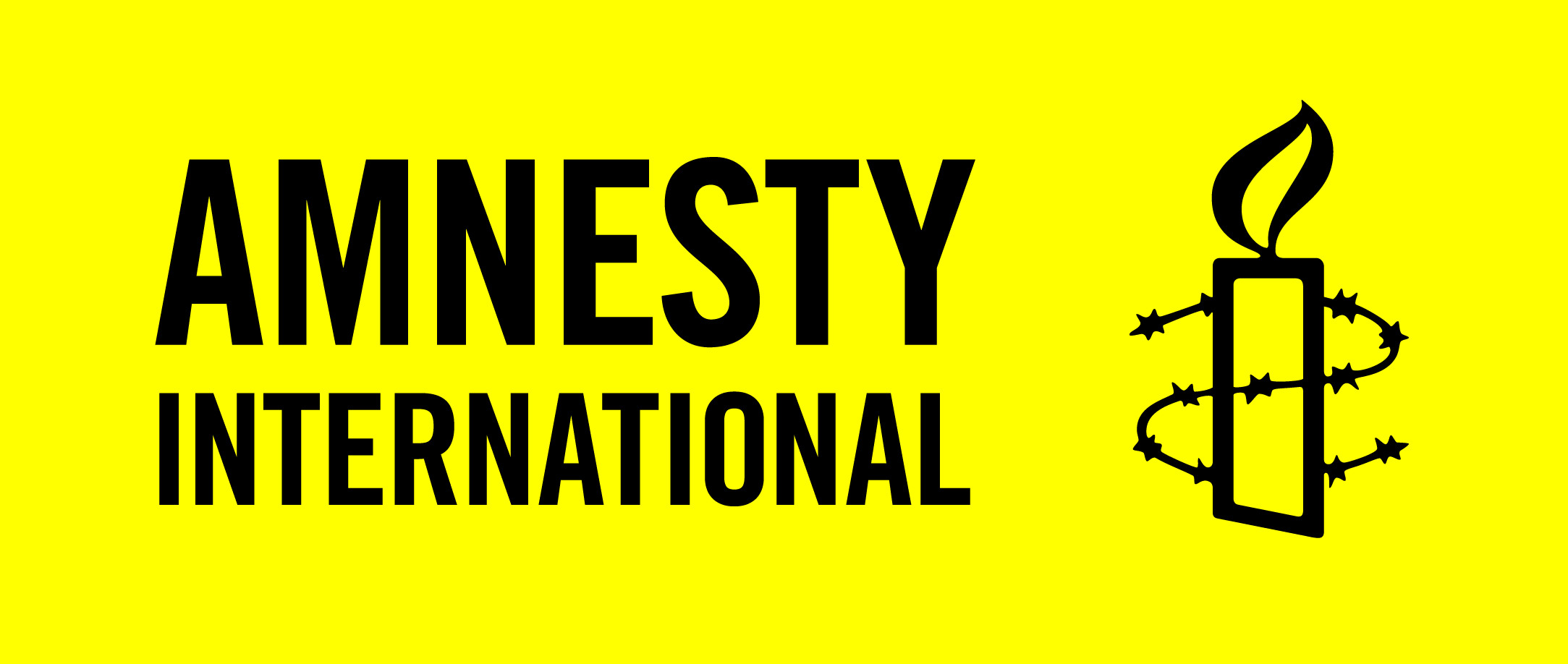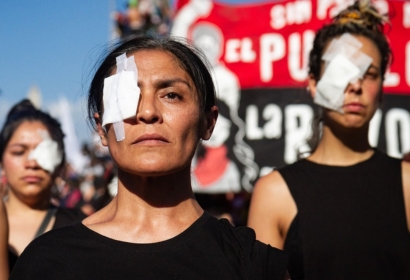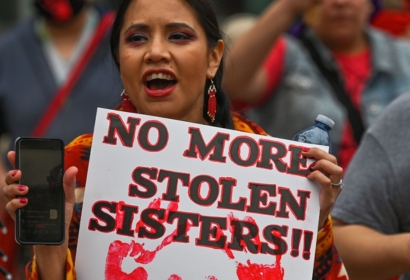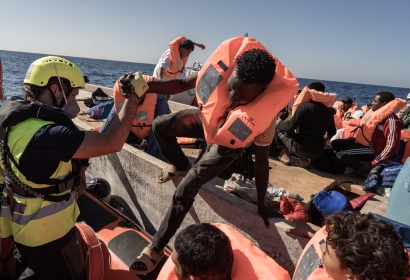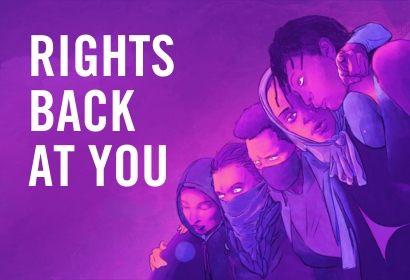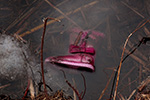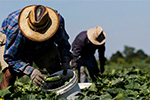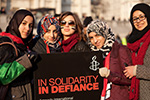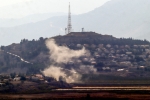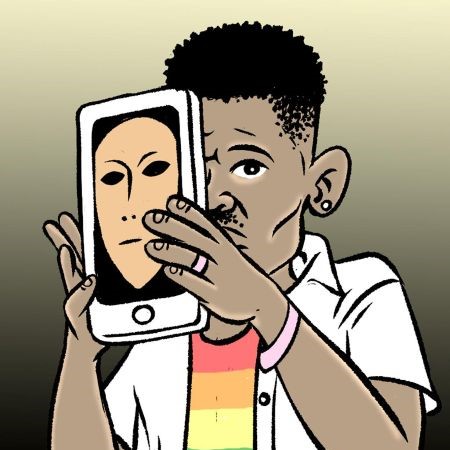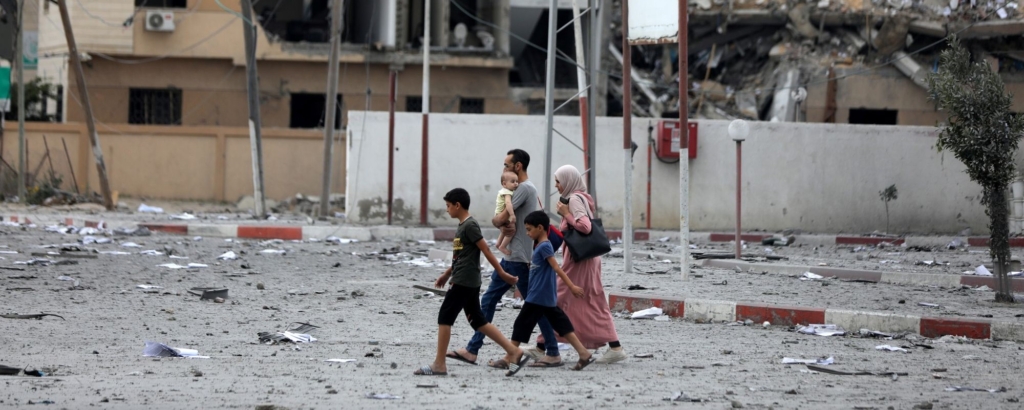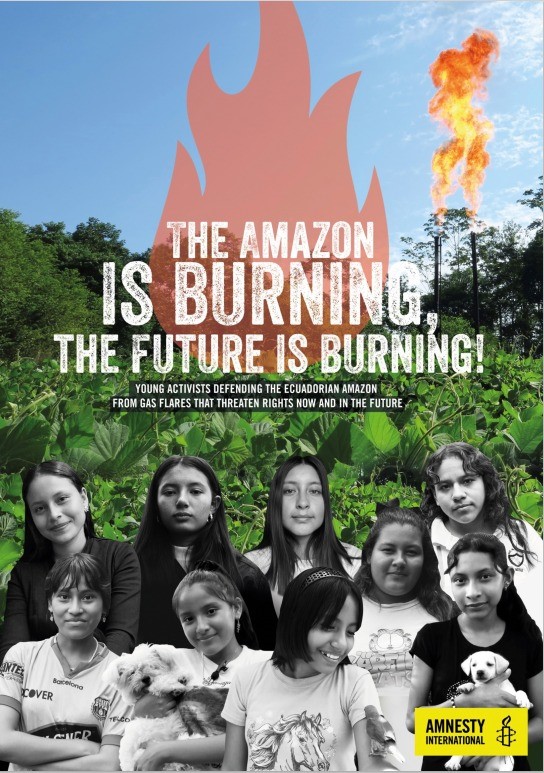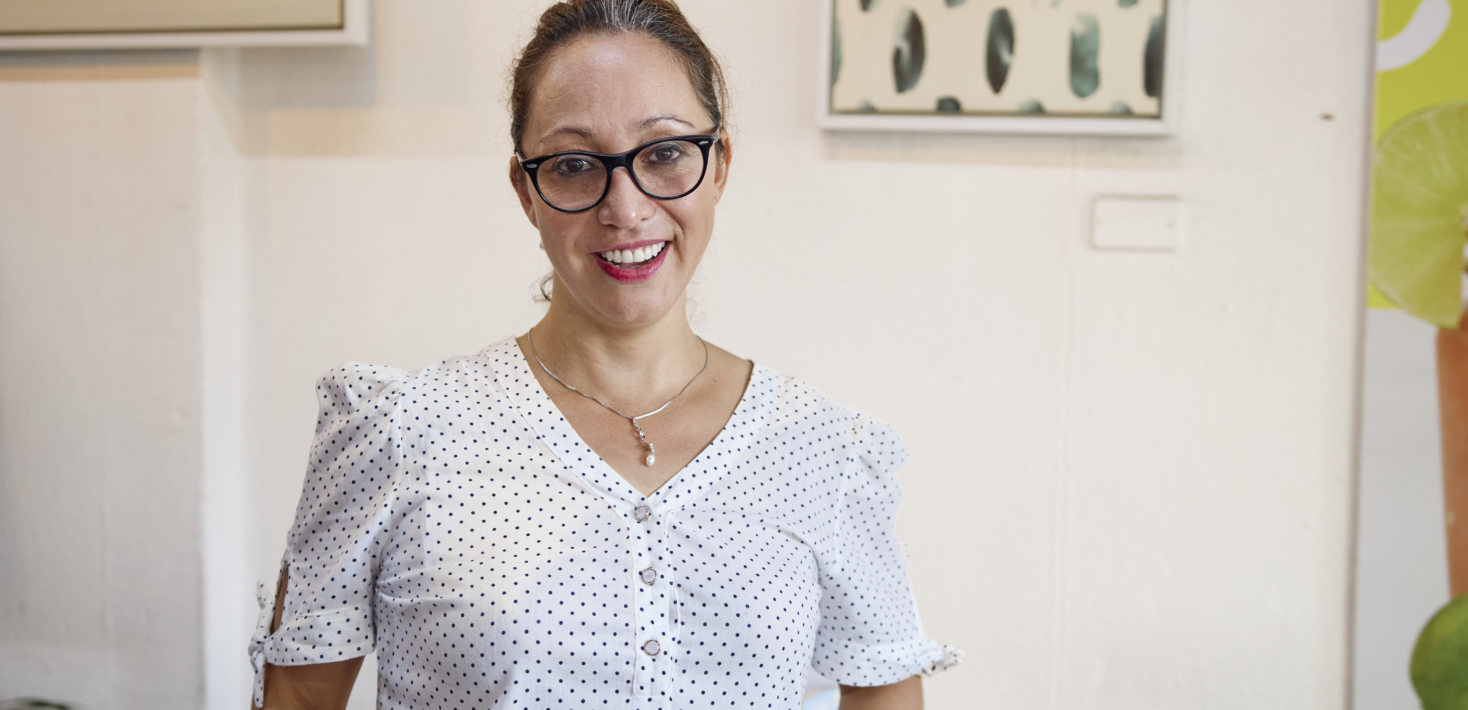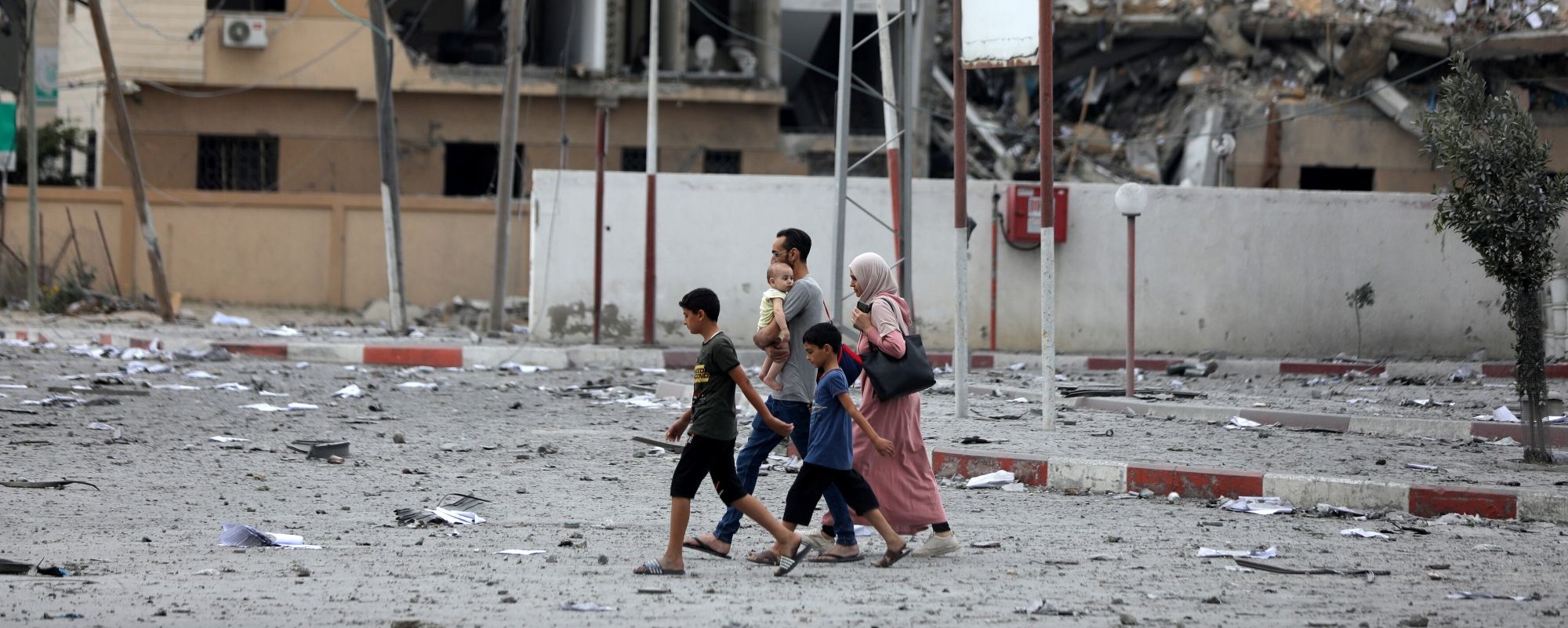By Gauri van Gulik
,
The horrific situation facing Syria’s children, graphically captured by the haunting image of five-year-old Omran Daqneesh, shocked and bloodied in the back of an ambulance after being pulled from the rubble of his home, makes it easy to understand why parents would take their children on the desperate, arduous journey to Europe.
,
But if a child like Omran were to survive the trip and reach Europe’s shores, their ordeal would be far from over.
,
On a visit to the Greek island of Lesvos, I saw first-hand what awaits them.
,
In a detention centre on Lesvos I met Ahmed, a one-year-old baby who has been sick for almost all of his short life from what his mother described as a chemical attack. She told me that a bomb destroyed their home soon after Ahmed was born, lodging shrapnel in his neck. Soon after, he developed severe asthma and other symptoms consistent with chlorine gas inhalation. When I met him almost a year after the bombing, I could see his scars and his little body struggled to breathe.
,
His family are Palestinians from Syria first fled the horrors of siege and starvation in Yarmouk camp, outside Damascus. But the war followed them as they fled to Idlib in the north of the country. After a bomb hit their home, his mother took them across the border into Turkey where they paid smugglers to take them across perilous waters in an overcrowded boat to the Greek islands.
,
Once on land, Ahmed’s family did not receive a warm welcome. They arrived after the EU-Turkey deal came into effect on 20 March, effectively transforming the islands into mass detention facilities.
,
Ahmed’s family were locked up with more than 3,000 other people in Moria detention center, closed off from the outside world by barbed wire fences. When I saw them, they had no privacy and no idea what would happen to them next. Instead of quickly providing Ahmed with the urgent medical care he needed, a doctor first gave the family a box of paracetamol.
,
Since then, they were removed from detention but remain stranded in Greece, like nearly 60,000 other refugees and migrants. Onward routes to Europe are mostly shut off. If it was up to some European leaders, most would simply be deported back to Turkey.
,
This desperate situation is being played out across Europe, in Hungary, Serbia, Greece, Calais and elsewhere.
,
Omran reminds me of so many children we have seen around the continent, and the ordeals they face.
,
Almost a third of refugees and migrants crossing the Mediterranean to Europe are children. Many of them travelling alone, vulnerable to exploitation, or separated from their families along the way, sometimes by the authorities themselves.
,
For the ones who have experienced the trauma of war, there is barely any psycho-social support.
,
There are few safe places for them to play, let alone to learn or go to school.
,
Some of the children we’ve met have spent so long out of school that they have forgotten how to read and write.
,
One 16-year-old boy from Syria who has been in a camp on the Greek mainland told us: “We have been here for 423 days with no hope, no education, no schools. I need the chance to complete my studies.”
,
These children need safety, special care, education, and a roof over their head. They need governments to allow and facilitate family reunification. They need countries to follow through on their promises to relocate and resettle families like Ahmed’s. In Europe, governments are shamefully behind on both fronts. For example, European Union leaders have relocated only 5% of the refugees they promised to take last June.
,
While Omran, as Alan Kurdi before him, captured the attention of the world, heartbreak and outrage are not enough. The images have moved the world, but not leaders. Until they act, thousands of children will suffer the same fates as Omran, Alan and Ahmed.
,
This article was first published by CNN.
,
Gauri van Gulik is the Deputy Europe Director at Amnesty International. Follow Gauri on Twitter @GaurivanGulik
Related posts:
- Syria: New urgency to end unlawful detention system holding tens of thousands of people following Islamic State defeat
- Yezidi survivors of Islamic State atrocities abandoned to indefinite detention in north-east Syria
- Syria: Preserve Evidence of Mass Atrocities
- Amnesty International calls on Canada to uphold its international law obligations after Syrian trans woman refused asylum
